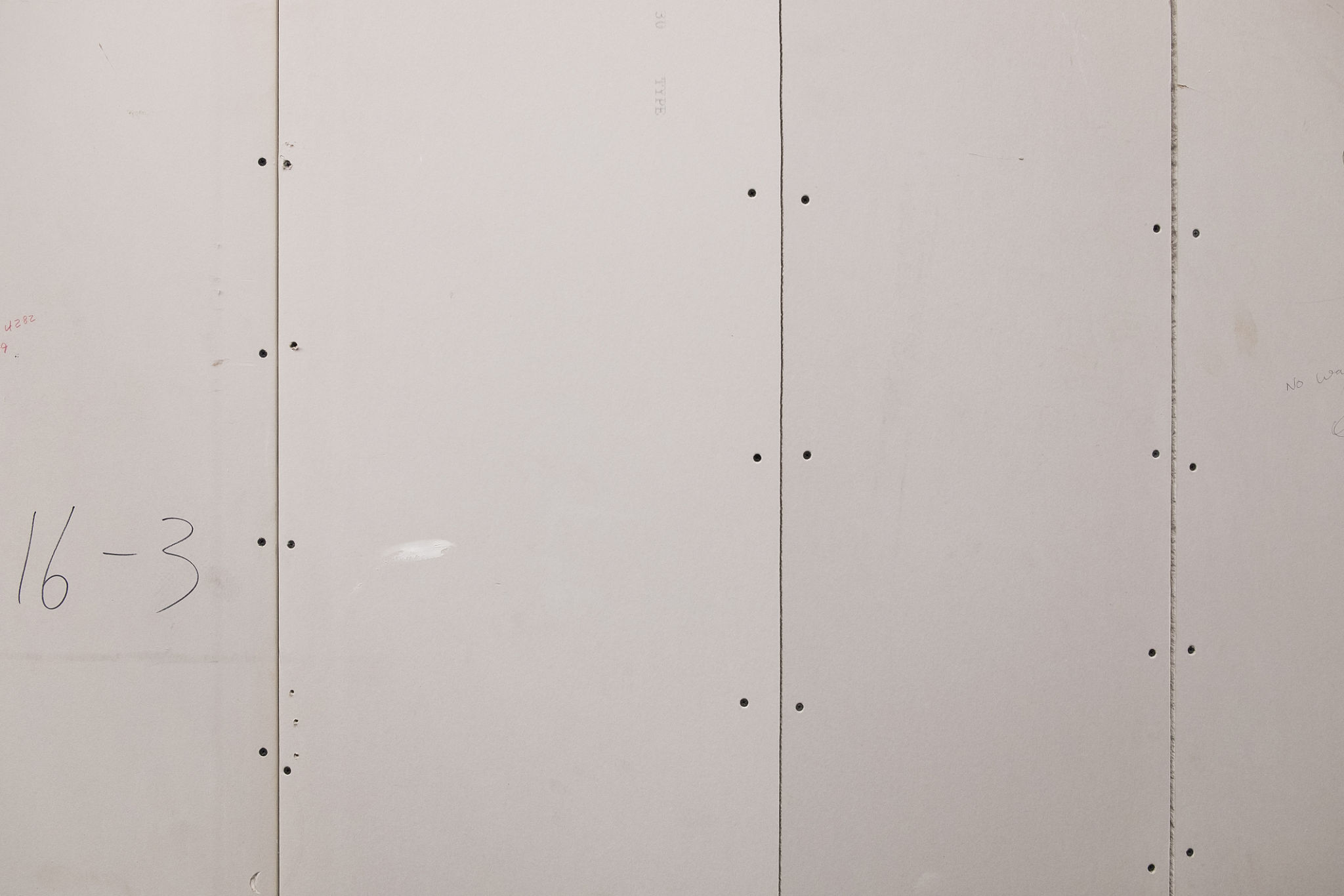Expert Insights: Common Drywall Mistakes and How to Avoid Them in Your Minneapolis Home
Understanding the Importance of Proper Drywall Installation
Drywall installation is a crucial aspect of home construction and renovation, especially in a bustling city like Minneapolis where homes are frequently updated and remodeled. Proper drywall techniques ensure a smooth finish, energy efficiency, and structural integrity. However, even seasoned DIY enthusiasts can make common mistakes that affect the overall quality of their work.

Choosing the Wrong Type of Drywall
One of the most prevalent mistakes is selecting the incorrect type of drywall for specific areas of the home. Different rooms have varying needs; for instance, moisture-resistant drywall is essential in bathrooms and basements to prevent mold and mildew growth. When choosing drywall, consider factors such as thickness, resistance, and fire rating to ensure it meets the requirements of each space.
Consult with a professional or do thorough research before purchasing drywall materials. This step can save you time and money in the long run by preventing future issues related to improper material use.
Neglecting Proper Drywall Joint Finishing
A smooth joint finish is vital for an aesthetically pleasing wall. A common mistake homeowners make is rushing through the taping and mudding process. This can lead to visible seams and uneven surfaces. To avoid this, apply joint compound in thin layers, allowing each layer to dry completely before applying the next. Sanding between applications can also help achieve a seamless finish.

Using the right tools is equally important. Invest in quality taping knives and sanders to ensure a professional-looking outcome. Taking the time to perfect this step will pay off when it comes time to paint or decorate your walls.
Incorrect Fastening Techniques
Proper fastening is essential for ensuring the drywall remains secure and does not sag or crack over time. A frequent error is using too few screws or nails, or placing them too far apart. Fasteners should be installed at regular intervals, typically every 12 inches, to provide adequate support.
Additionally, avoid over-driving screws or nails, as this can break the drywall surface and compromise its structural integrity. Instead, use a drywall screw setter or a drill with an adjustable clutch to avoid damaging the drywall.

Ignoring Temperature and Humidity Levels
Environmental conditions play a significant role in the success of drywall installation. Many DIYers overlook how temperature and humidity levels can affect drying times and material expansion or contraction. Ideally, drywall should be installed in a controlled environment, with humidity levels between 20-40% and temperatures around 55-70°F.
By monitoring these conditions, you can prevent issues like cracking or mold growth. Using a dehumidifier or heater can help maintain optimal conditions during installation.
Conclusion: Ensuring Long-Lasting Quality
Avoiding these common drywall mistakes can significantly impact the longevity and appearance of your Minneapolis home. Whether you are tackling a small repair or a full-scale renovation, taking the time to understand and implement proper techniques is crucial. Seeking expert advice or hiring a professional can also ensure that your drywall project is completed to the highest standard.
By focusing on proper material selection, joint finishing, fastening techniques, and environmental factors, you can achieve a flawless finish that enhances both the comfort and value of your home.
